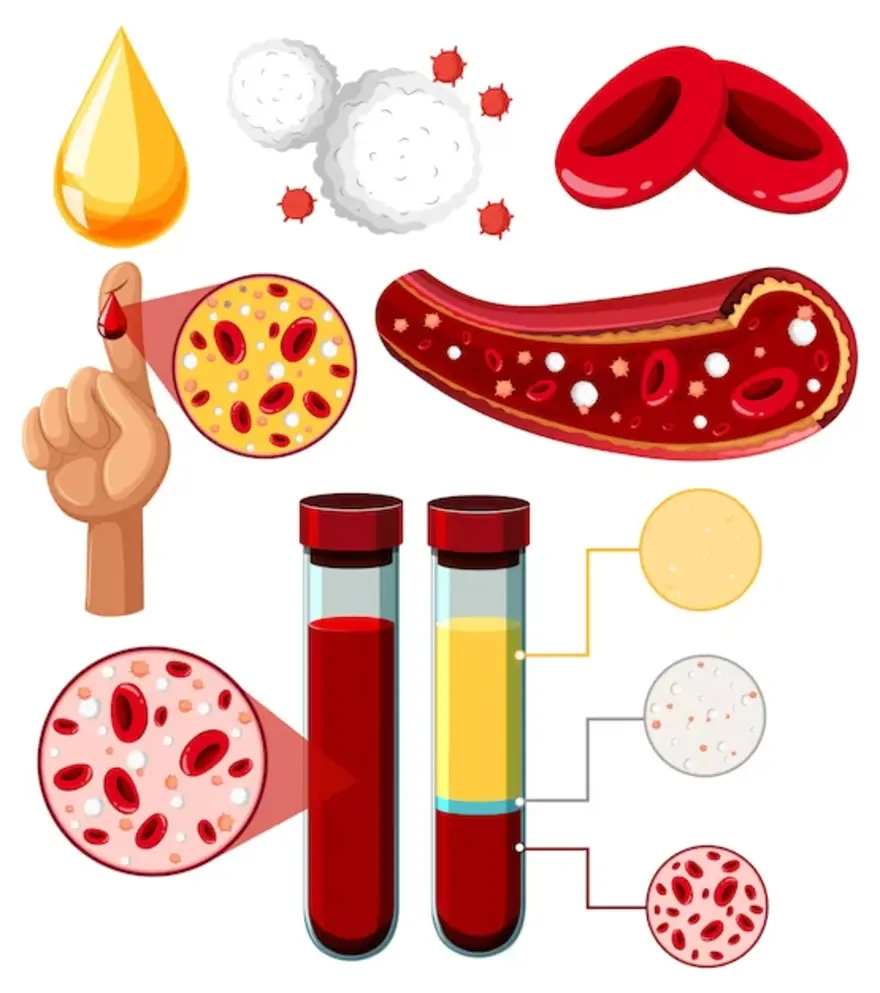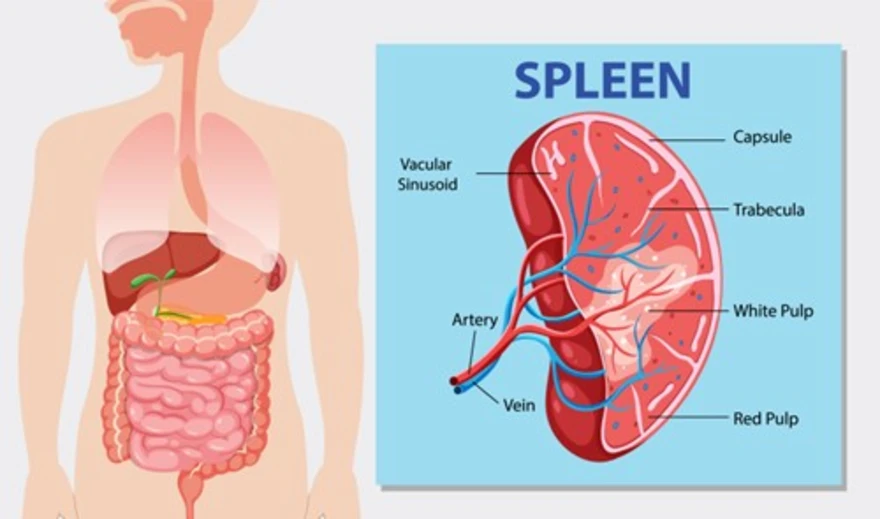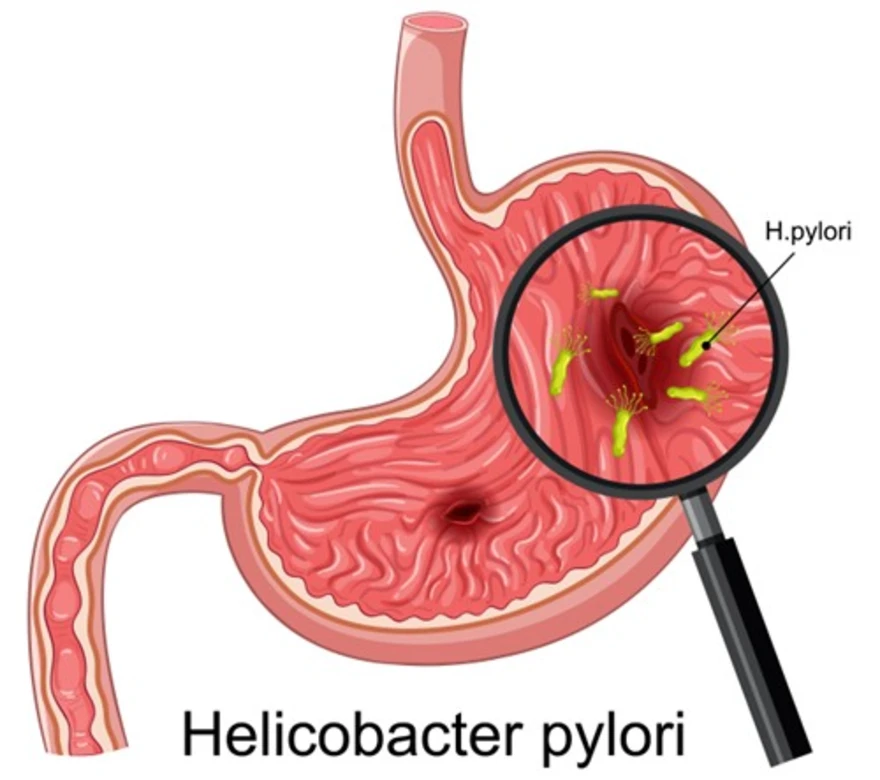Preventive Healthcare
Peritoneal Disorders: Everything You Need to Know

Table of Contents
Peritoneal disorders are diseases of the peritoneum. Most of the organs are surrounded and protected by a thin, muscular membrane called the peritoneum. Ascites, hernias and peritoneal cancer are examples of common peritoneal disorders.
What is The Peritoneum?
The peritoneum is a wide, serous membrane that surrounds and protects the organs inside the abdominal cavity. The peritoneum has two layers. The first layer is the parietal peritoneum which is attached to the abdominal wall. The visceral peritoneum is the second layer that covers the organs.
The space between these two layers is known as the peritoneal cavity. It is filled with a thin, transparent fluid that keeps organs safe and allows fluid to circulate easily across layers.
Location of The Peritoneal Cavity
The peritoneal cavity is inside the abdomen and is surrounded by the diaphragm, pelvic floor and abdominal wall. It has organs like the stomach, small intestine, large intestine, liver, gallbladder, pancreas, spleen and kidneys.
The peritoneal cavity also includes many lymph nodes, blood vessels and nerves that are necessary for the immune system and digestive systems to function.
Functions of The Peritoneum
The peritoneal cavity is a critical part of the human body. It performs several roles: insulation, immunity, lubrication and providing structure.
Insulation
Insulation is an essential function of the peritoneal cavity because it helps maintain the temperature of the organs to work properly. The insulation also protects the organs from outside heat or cold.
Immunity
It protects the organs from potentially harmful germs and viruses that enter the digestive system. The peritoneal cavity also includes specialised cells that aid in the defence of the body against any foreign body invasion.
Lubrication
It helps to keep the organs within it lubricated, allowing them to move and work without friction or injury. This lubrication also helps to alleviate any pain or discomfort produced by the movement of these organs.
Structure
It keeps all the organs in position and nourishes them so they may function appropriately and effectively. Many of these systems would not be able to function if this structure did not exist.
Types of Peritoneal Disorders
Ascites
Ascites is a disorder in which fluid builds up in the abdomen. It is usually caused by liver disease but it may also be caused by cancer or renal failure. Symptoms are abdominal inflammation, difficulty breathing and weight gain. Diuretics are often used to lower the amount of fluid in the abdomen and antibiotics are used to treat any infection that may be there.
Peritonitis
Peritonitis is a peritoneal infection. It can be caused by infection or trauma; symptoms include stomach discomfort, fever and nausea. Medications and surgery to remove infected tissue are common treatments.
Hernia
A hernia is a bulging out of a tissue or organ through a weak spot in the abdominal wall. Symptoms include abdominal pain or discomfort while lifting or straining as well as a noticeable lump. Surgery is usually needed to fix the weak area and to prevent more hernias.
Peritoneal Adhesions
Adhesions are bands of scar tissue that grow between two surfaces inside the body such as organs within the abdomen or organs and the abdominal wall. They may cause discomfort, trouble moving and infertility if they develop between reproductive organs. Surgery is often used to remove any adhesions that are causing discomfort or difficulties.
Peritoneal Cancer
Peritoneal cancer can affect any organ within the abdomen, even those protected by the peritoneum including the liver, pancreas, stomach, intestines, ovaries and uterus. Depending on the affected organ, symptoms may include stomach discomfort or inflammation, weight loss, tiredness and changes in bowel habits. Surgery to remove tumours or malignant cells is usually followed by chemotherapy or radiation treatment to get rid of any remaining cancer cells.
Diagnosis of Peritoneal Disorders
Physical Examination
Physical examination is essential in the diagnosis of peritoneal diseases. Your doctor will check for tenderness, swelling and any other changes that may suggest illness. A stethoscope may also be used to listen for irregular abdominal sounds.
Imaging Tests
Peritoneal disorders may be diagnosed with imaging tests such as X-rays, CT scans and ultrasounds. These tests are helpful for the doctor in identifying problems such as tumours or cysts.
Laparoscopy
Laparoscopy is a minimally invasive diagnostic technique. It enables the doctor to examine the inside of the abdomen using a small tube fitted with a camera. This technique allows the doctor to obtain tissue samples for future testing (biopsy) which may further help in diagnosing peritoneal diseases.
Treatment of Peritoneal Disorders
Medical Therapy
- Peritoneal Dialysis
Peritoneal dialysis is a medical procedure used to get rid of excess fluid and waste when the kidneys are not working correctly.
- Hyperthermic Intraperitoneal Chemotherapy
HIPEC is a specialised kind of chemotherapy used to treat specific forms of cancer that have progressed to the peritoneum. Heated chemotherapeutic medicines are pumped throughout the abdomen during HIPEC to eliminate any leftover cancer cells. This therapy is useful in the treatment of ovarian cancer, colorectal cancer and other forms of abdominal cancer.
Surgical Intervention
- Peritonectomy
A peritonectomy is a surgical procedure in which part or all of the peritoneum is removed. This treatment is often used to treat ovarian, colorectal and other abdominal cancers that have spread to the peritoneum. It may also be used to treat other problems such as endometriosis and abdominal adhesions.
- Cytoreductive Surgery
Cytoreductive surgery is a form of surgery in which tumours or other abnormal growths are removed from the body to limit the number of cancer cells present. This operation may be used to treat a variety of malignancies including ovarian, colorectal and other kinds of abdominal cancer.
Conclusion
Peritoneal disorders are a broad category of conditions that affect the abdomen. Their clinical diagnosis is usually done with the help of a physical examination and imaging tests. Such conditions are treated using medical treatment, peritoneal dialysis, HIPEC or surgical intervention. It is crucial to consult a specialist if you are experiencing any symptoms of peritoneal disorders.










































